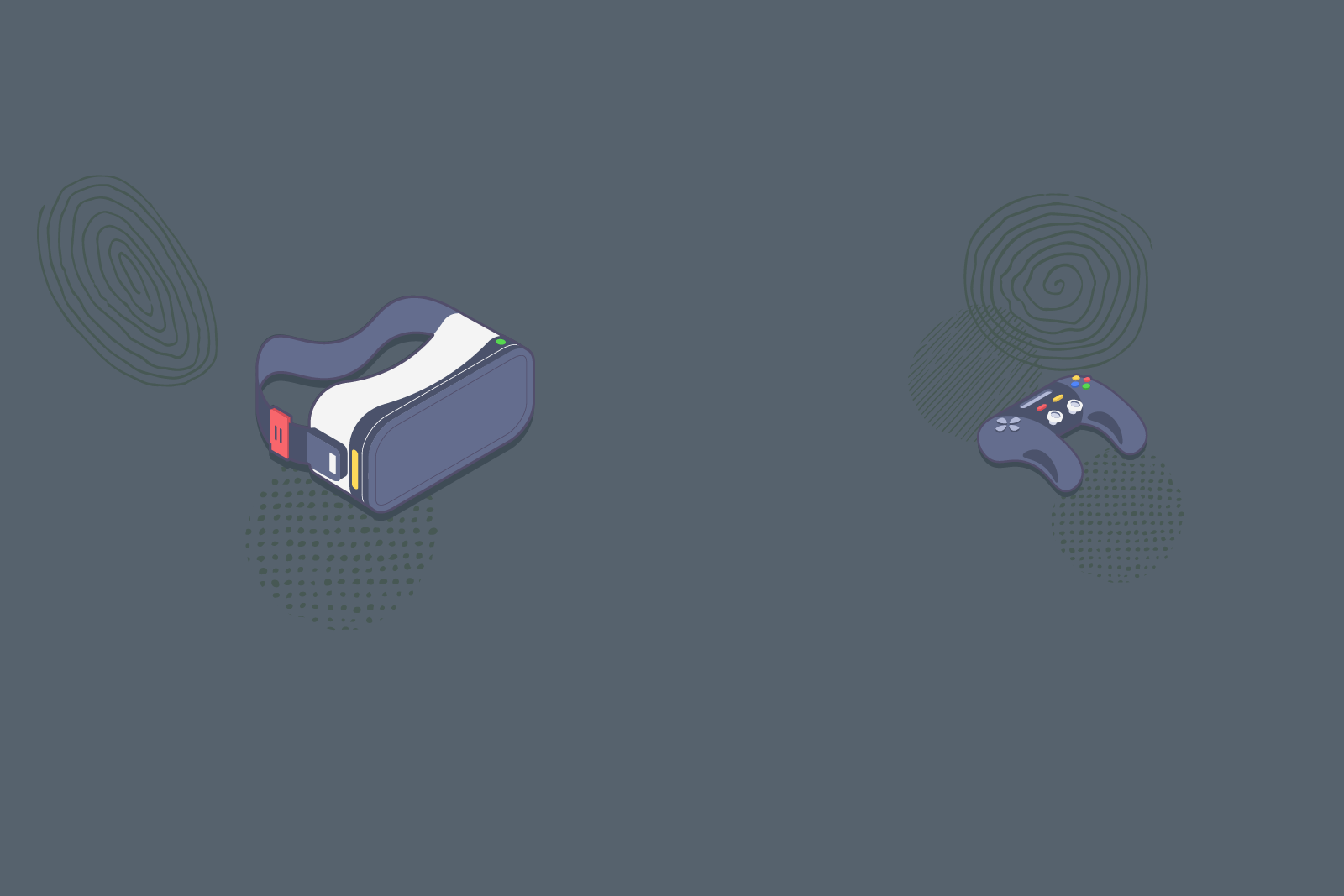The Past
Blursday, Groundhog Day, or perhaps a meme quote from Back to the Future - “don’t ever go to 2020”... If you were around prior to 1985 there was plenty of science fiction predicting all sorts of nonsense that would be lurking around future corners. There were several books and movies predicting the science making strange things possible. If you were in graduate school at the time, there is a good chance that you were connected with or knew of research labs attempting to bend reality either through technology, physics, or other creative approaches. If you were at Georgia Tech or Emory University you may have met one of those creative minds - Dr. Barbara Rothbaum or Dr. Larry Hodges. It was an amazing collaboration bringing together clinical psychology and interventional technology to create a digitally synthesized environment within a crazy expensive head-mounted display that when connected to a computer and worn by a human could transport the user into an entirely different world to the one they were standing in reality. These goggles connected the user with a virtual reality that projected all sorts of suggested images and experiences for their interpretation. Fear of Heights and fear of flying were among the first (B.O. Rothbaum et al., “Effectiveness of Virtual Reality Graded Exposure in the Treatment of Acrophobia,” Am. J. Psychiatry, vol. 152, 1995, pp. 626-628.; B.O. Rothbaum et al., “Virtual Reality Exposure Therapy in the Treatment of Fear of Flying: A Case Report,” Behaviour Research and Therapy, vol. 34, no. 5/6, 1996, pp. 477-481).

